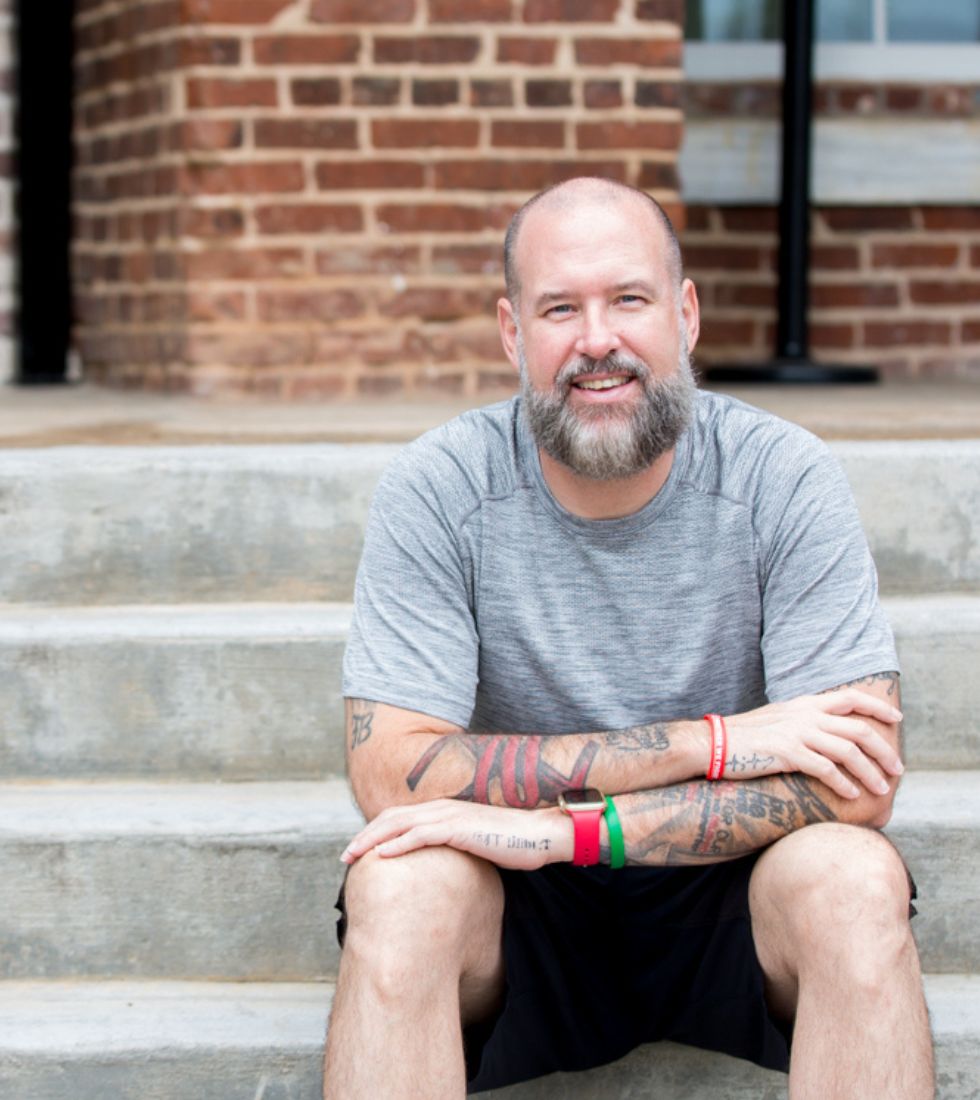What is Depression? Depression is a disorder, engaged in a person’s body, mood and thoughts. It can influence and interrupts eating, sleeping or judging manner. It is different from unhappiness or a “down” feeling. It is also not an indication of personal flaws or a condition that can be motivated or wanted away.
Persons with this disorder cannot just gather themselves together and get well. Usually, treatment is important and significantly vital to healing.
Are there different types of depression?
Yes, there are actually three primary types of depression. Most of these are established by how ominous the signs are.
They are:
- Major depression – This is the most serious type of mood disorder based on the number of signs and austerity of symptoms. It has become a severe health disorder and significant health concern in this country.
- Manic depression – This typically involves both high and low mood swings. It also indicates other major symptoms not found in other depression types.
- Dysthymia depression – identifies the low to moderate level of depression that continues for about two years and sometimes longer. Though the symptoms are not as serious as a major depression, the more lasting and defiant to healing. People with this type develop a major depression for a moment when depressed.
What is Major depression?
This is the most serious type of depression. More symptoms found in this depression that are usually severe and serious. Sometimes, it can be an effect from a particularly disturbing incident in your life or it may develop gradually because of various personal frustrations and life struggles. Some people seem to develop the signs of a major depression with no apparent life problems. Major depression can happen once, because of a major emotional trauma, react to healing, and will not happen again as long as you live. This is normally what they called a “single episode depression”. Some people are inclined to have habitual depression, with events of depression followed by periods of a number of years without depression, followed by another one, typically in reaction to another distress. This would be continuing depression. Usually, the healing is similar, but that healing normally is over a longer period for continuing depression.
What is Post-partum depression?
Postpartum depression can vary from temporary “blues” following childbirth to serious, unbearable and emotional depression. Post partum depression signs are just the same to those experienced by other depressives, involving desperate belief, feelings of despair, low self-confidence, and constant fatigue and mood changes. It can be healed successfully as long as the mother and her support group identify the warning symptoms and examine them with considerate clinical experts. While some psychological occurrences and depressive feelings might be completely normal, constant feeling of unimportance or disparate views is not. The secret to healing is, to be honest with what you feel during each postpartum meeting with your physician.
What is Seasonal Affective Disorder (SAD)?
Seasonal Affective Disorder (SAD) is a mood disorder felt by most people during the Winter months. It is characterized by a seasonal depression, the “down” feeling, a longing to sleep for too long and habitual desire for starchier foods The signs of SAD normally start in the late Fall where there is already less daytime. It may not start to subside until late winter or spring.
Symptoms of Seasonal Affective Disorder include:
- Symptoms such as unnecessary eating and sleeping, weight increase normally take place during the Fall or Winter months.
- Complete reduction from despair happens in the Spring and Summer months.
- Indications have taken place in the past two years, with no seasonal depression episodes.
- Seasonal episodes considerably outnumber no seasonal depression episodes.
- There is a longing for sweet and starchy foods.
What is bipolar depression?
Bipolar depression, also identified as manic depression, is categorized as a type of affective disorder or mood disorder that happens during life’s normal difficulties. It can become a severe clinical condition. It is a significant health concern in the United States. This is distinguished by irregular episodes of acute excitement, elevated mood, or bad temper (also referred to as mania) opposed episodic, common depressive signs.

Somatic coach (therapist) in Canton, GA, and Worldwide Life Coach dedicated to inspiring and assisting people worldwide through candid conversations about anxiety. Having personally battled general anxiety, panic disorder, and OCD, I understand the daily challenges those grappling with anxiety face. My journey involved searching for the right therapist, medication, and natural supplements and undergoing various tests. It was only after deciding to reclaim my life that I finally overcame anxiety’s hold. I’m passionate about helping others conquer their struggles and discover their life purpose.

